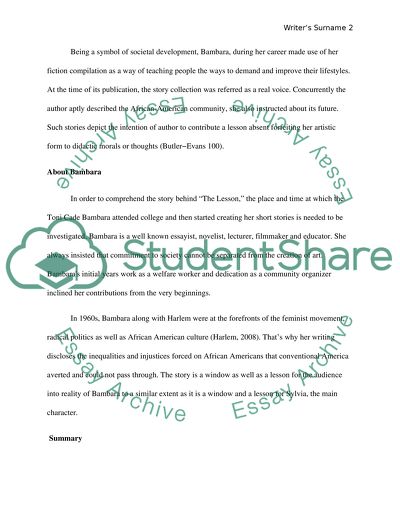Cite this document
(“The Lesson Research Paper Example | Topics and Well Written Essays - 1500 words”, n.d.)
Retrieved from https://studentshare.org/sociology/1461868-the-lesson
Retrieved from https://studentshare.org/sociology/1461868-the-lesson
(The Lesson Research Paper Example | Topics and Well Written Essays - 1500 Words)
https://studentshare.org/sociology/1461868-the-lesson.
https://studentshare.org/sociology/1461868-the-lesson.
“The Lesson Research Paper Example | Topics and Well Written Essays - 1500 Words”, n.d. https://studentshare.org/sociology/1461868-the-lesson.


